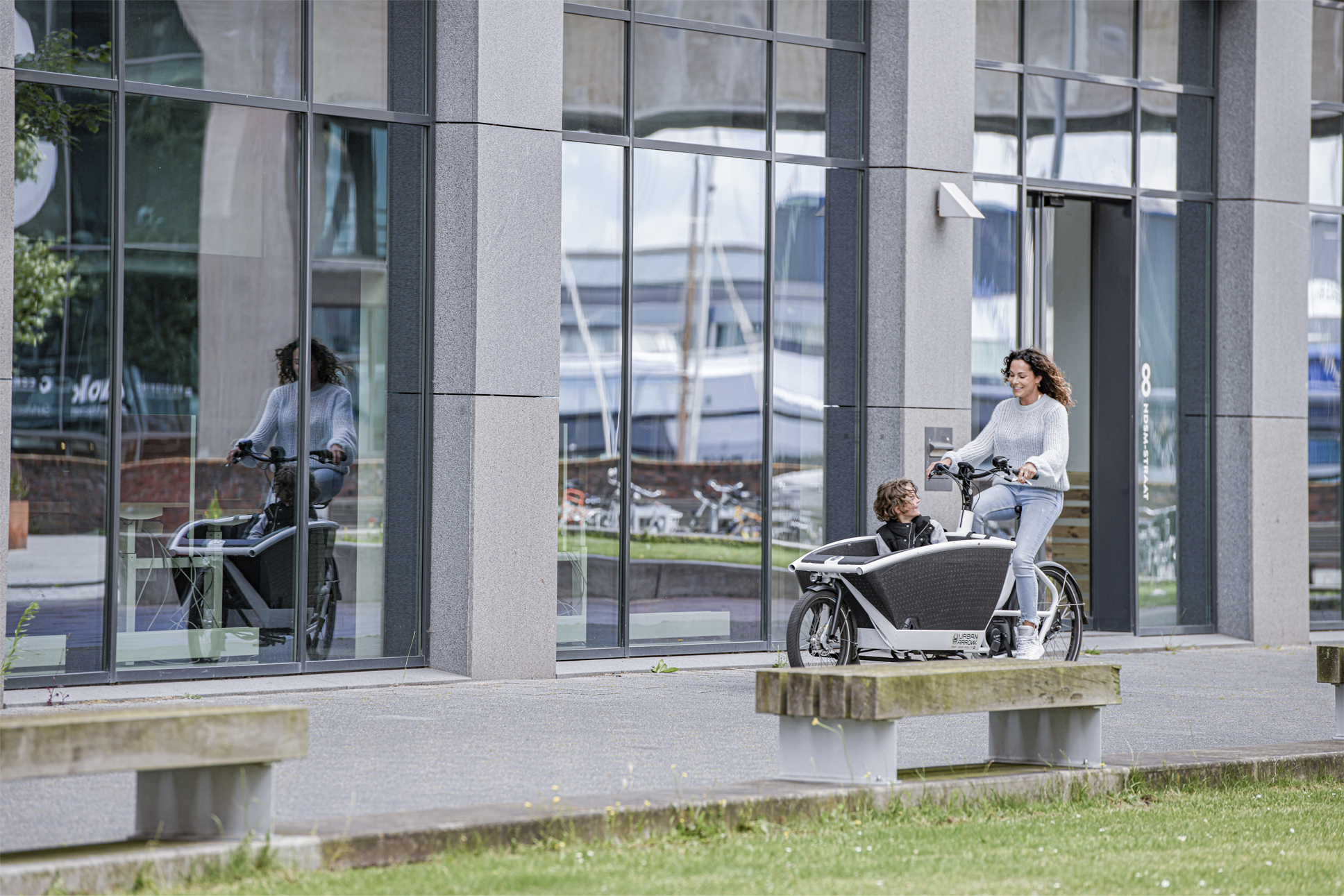PERSBERICHT
ONDERZOEK HELY: WIJKHUB VERDUURZAAMT TOT 1.000 HUISHOUDENS MET ELEKTRISCHE DEELMOBILITEIT
Mobiliteitshubs verduurzamen huishoudens in grote en kleine steden met elektrisch deelvervoer. Deelvervoeraanbieder Hely ziet een verbreding van mobiliteitshubs bij wooncomplexen in hoogstedelijke gebieden naar nieuwe woonwijken in ook kleinere steden. Uit onderzoek naar het gebruik blijkt dat wijkhubs een servicegebied hebben tot 1 kilometer en wel 1.000 huishoudens.
28 december 2021

Deelvervoeraanbieder Hely exploiteert nu ruim 80 mobiliteitshubs voor bewoners van woontorens en appartementencomplexen in de grote steden en voor medewerkers van bedrijven. De trend is dat ook woonwijken zeer geschikt blijken voor het delen van elektrische deelauto’s en -(bak)fietsen. Een ontwikkeling waarmee rekening wordt gehouden bij de inrichting van nieuwe wijken en gebieden. “Met wijkhubs faciliteren wij grotere groepen mensen en kunnen we per project dus meer duurzame impact maken op het milieu en het verbeteren van de leefbaarheid voor bewoners”, aldus Michael Baan,verantwoordelijk voor Business Development bij Hely.
Duurzame impact
Hely faciliteert met een mobiliteitshub in een grote stad gemiddeld zo’n 350 woningen. In een woonwijk loopt dat al snel op tot meer dan 1.000 woningen. Zo kan in één klap meer impact worden gemaakt ten aanzien van duurzaamheid en de schaarse ruimte. Als voorbeeld noemt Hely de wijk Parkrijk in Rijswijk. Een nieuwe wijk die wordt aangemerkt als duurzaam, inclusief, veilig en kindvriendelijk. Bij de inrichting van de wijk wil men slim omgaan met ruimte en energie en heeft daarom gekozen voor het realiseren van minder auto parkeerplekken voor bewoners en het plaatsen van meerdere Hely Hubs. Hierdoor worden bewoners gestimuleerd gebruik te maken van duurzame vervoersmiddelen zoals elektrische deelauto’s, e-bikes en ebakfietsen.
Vervoer op maat
Per mobiliteitshub past Hely de mix en aantal deelvervoermiddelen aan op de gebruikers. Het bedrijf kent de behoefte uit ervaringscijfers maar ook door het onlangs gehouden onderzoek onder de huidige gebruikers van de mobiliteitshubs. Eén van de belangrijkste uitkomsten van dit onderzoek is dat de auto het meest favoriete elektrische voertuig is, maar dat eenderde van de gebruikers ook de deelfiets pakt. Andere uitkomsten zijn:
Ieder seizoen kent eigen keuzes: In de winter kiest 90 procent voor de auto; dit verschuift naar de (bak)fiets richting de warmere zomermaanden (50/50).
De jongste gebruiker is 18 jaar (Hely’s minimumleeftijd) en de oudste, een gebruiker van een e-bike, was 76 jaar in 2021. De gemiddelde leeftijd van de klanten van Hely is 39,5 jaar.
Het is mogelijk om voertuigen spontaan mee te nemen, maar 95 procent van de klanten maakt vooraf een reservering via de app om zeker te weten dat het vervoermiddel beschikbaar is. Reserveren kan vanaf twee weken van tevoren, maar gebeurt meestal nog in dezelfde week.
Gebruikers zijn bereid om tot zes minuten te lopen naar een hub en gemiddeld wonen gebruikers binnen een straal van één kilometer van de hub. Als alle voertuigen van een hub in gebruik zijn, is men zelfs bereid langer te lopen of fietsen naar een andere hub.
De verschillende voertuigen worden gebruikt voor familiebezoek, boodschappen, vakanties en kinderen naar sportclubs brengen. Vergelijkbaar met het gebruik van een eigen auto.
MELD JE GRATIS AAN VOOR HELY
-
-
-
-
-
-
-
Als er een Hely Hub in de buurt is ontvang je direct een mail om je account mee te activeren. Lees op hely.com/privacy meer over hoe we jouw gegevens verwerken.


